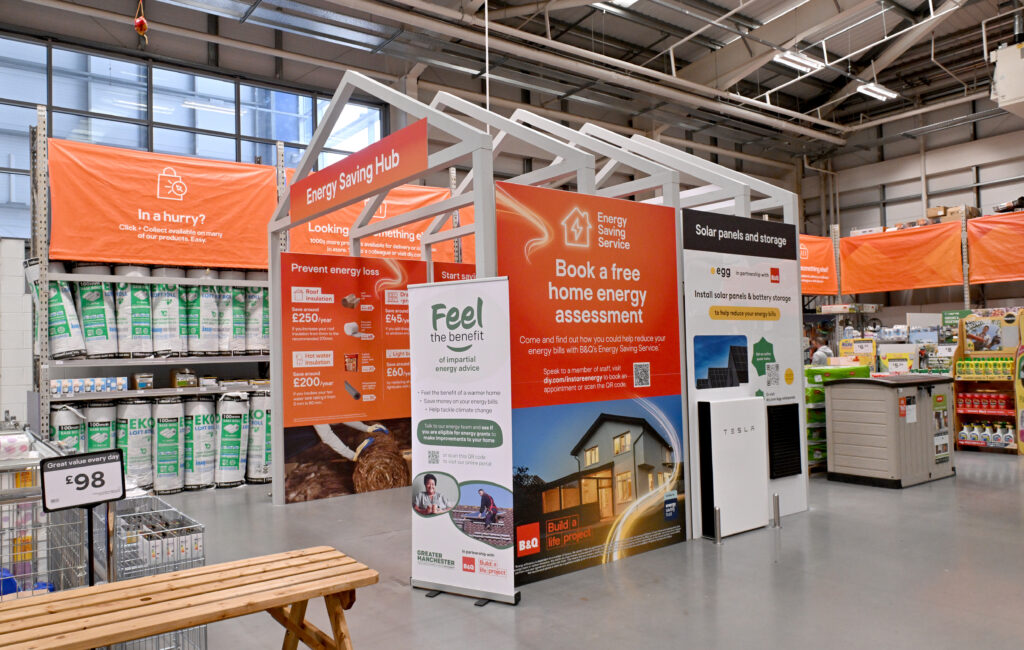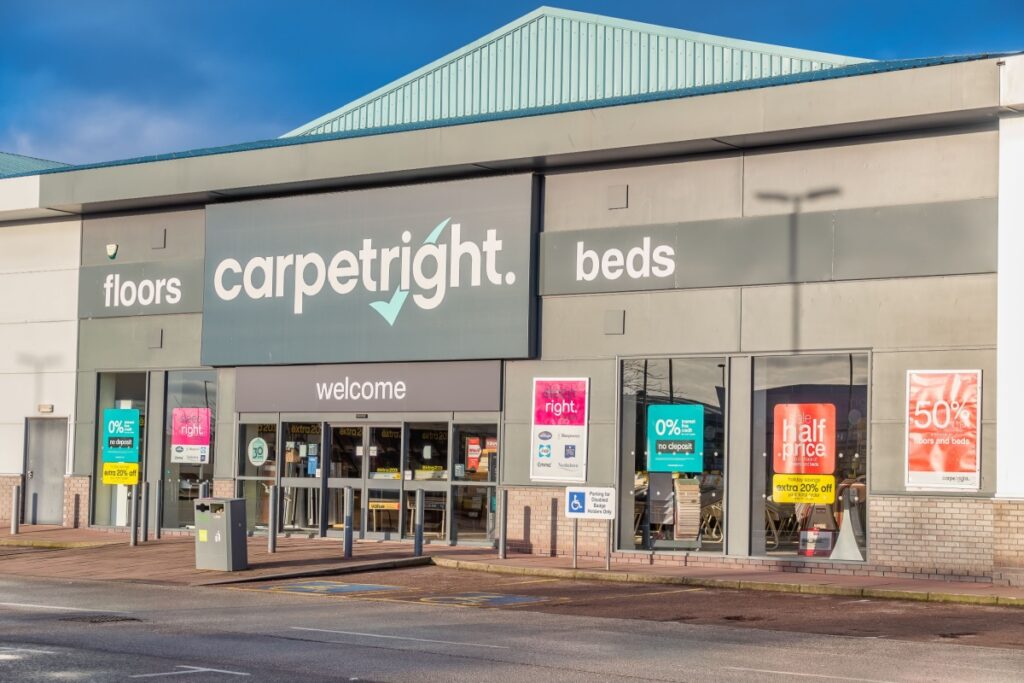It‘s hard to recall the last time I made a purchase without being asked whether I was a member of that company‘s reward programme. Huge efforts and investments are being put into these types of programme as a means to retain loyal customers, but do they really work?
For some, retailers reward programmes have gone from being a differentiator to a requirement for many consumers (e.g. Sainsbury‘s Nectar or Tesco‘s Clubcard). At the same time, customer expectations for these programmes have risen and continue to escalate sharply.
These increased customer expectations, wants and needs put a huge additional burden on retailers to execute flawlessly on their rewards programmes. Needless to say analytics are playing an increasingly important role – for measuring successes, uptake and for calculating many other factors so that businesses can maximise their investment.
But only by analysing customer experience data – and then acting on it, can businesses develop, change and fine tune the way they fulfill rewards. Yes, it sounds like a no-brainer, but in our experience, many companies do not carry this out in depth enough and are relying on too simplistic measures to “track customer loyalty”. Put it simply, if a jobs worth doing, it‘s worth doing it well – especially since satisfied customers of reward programmes are 35 percent more likely to continue earning points, 160 percent more likely to recommend the site, 41 percent more likely to redeem in the future, and 48 percent more likely to return to the site (ForeSee data 2013).
Armed with the metrics and analytics tools of your choice, retailers and brands can monitor every channel and touchpoint too – ensuring that rewards programmes reach out to all of its customers – and everyone is included within measurement and data capture scope. Take Eddie Bauer (one of our customers) for example. They‘re an outdoor clothing retailer committed to providing customers with an exceptional shopping experience and high-quality signature merchandise through its stores, website, and catalogue contact centre. They came to us for help in collecting and analysing customer data related to satisfaction with the overall store experience – to improve sales and encourage loyalty.
By analysing their data in detail – and across different channels, the company was quickly able to see that customers were more highly satisfied when they had a positive fitting room experience and that product recommendations were welcome. This was valuable data to share with associates who may have been reticent to recommend merchandise to complete an outfit or to try something additional. As a result, Eddie Bauer identified several ways to improve the fitting room experience: personalising service, arranging clothing in an outfitting manner, and adding coordinating pieces and accessories. These concepts were tested in one region and the store operations team monitored the impact of these changes using analytics. Through continuous measurement, the company quantified an increase in satisfaction and determined that it was directly related to the fitting room improvements. Validating the impact of the improvements with analytics gave associates the confidence to upsell more as the programme was expanded to all store locations.
Additionally, while retailers typically see a decrease in satisfaction during the holiday periods due to increased traffic and a shift in the customer mix, Eddie Bauer was not willing to accept the status quo. By continuously measuring customer satisfaction the company was able to identify and gain insight into seasonal trends and change the way they prepared for them – with a very positive response from customers. Store managers now monitor progress on an ongoing basis and share insights with their team during weekly meetings. We also provide them with a store-level scorecard that is customised to include key metrics such as making
RELATED STORIES

















